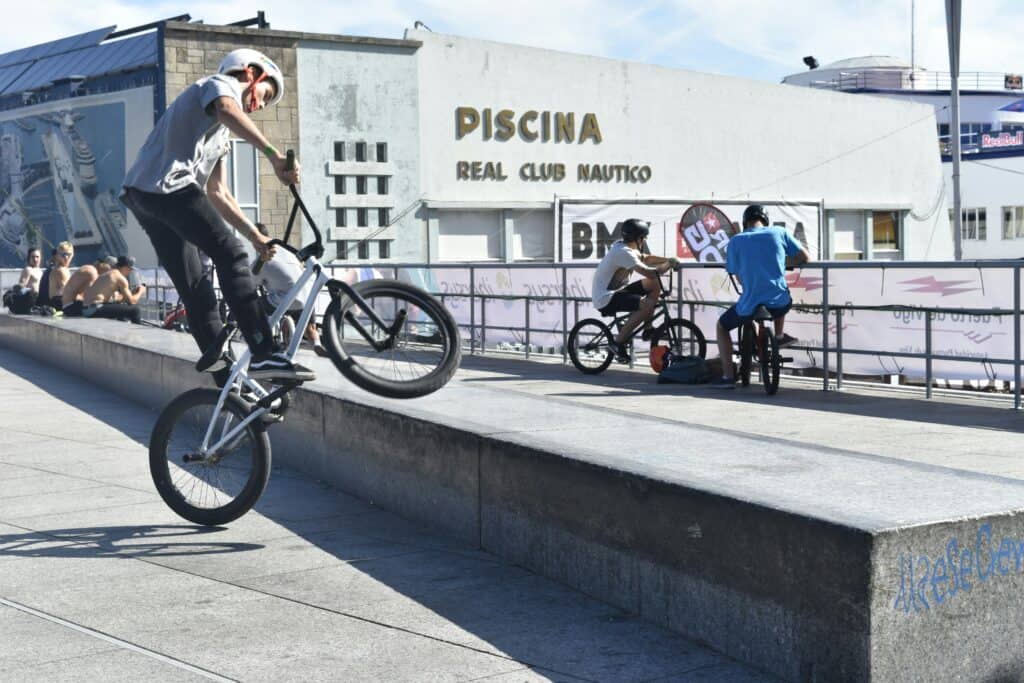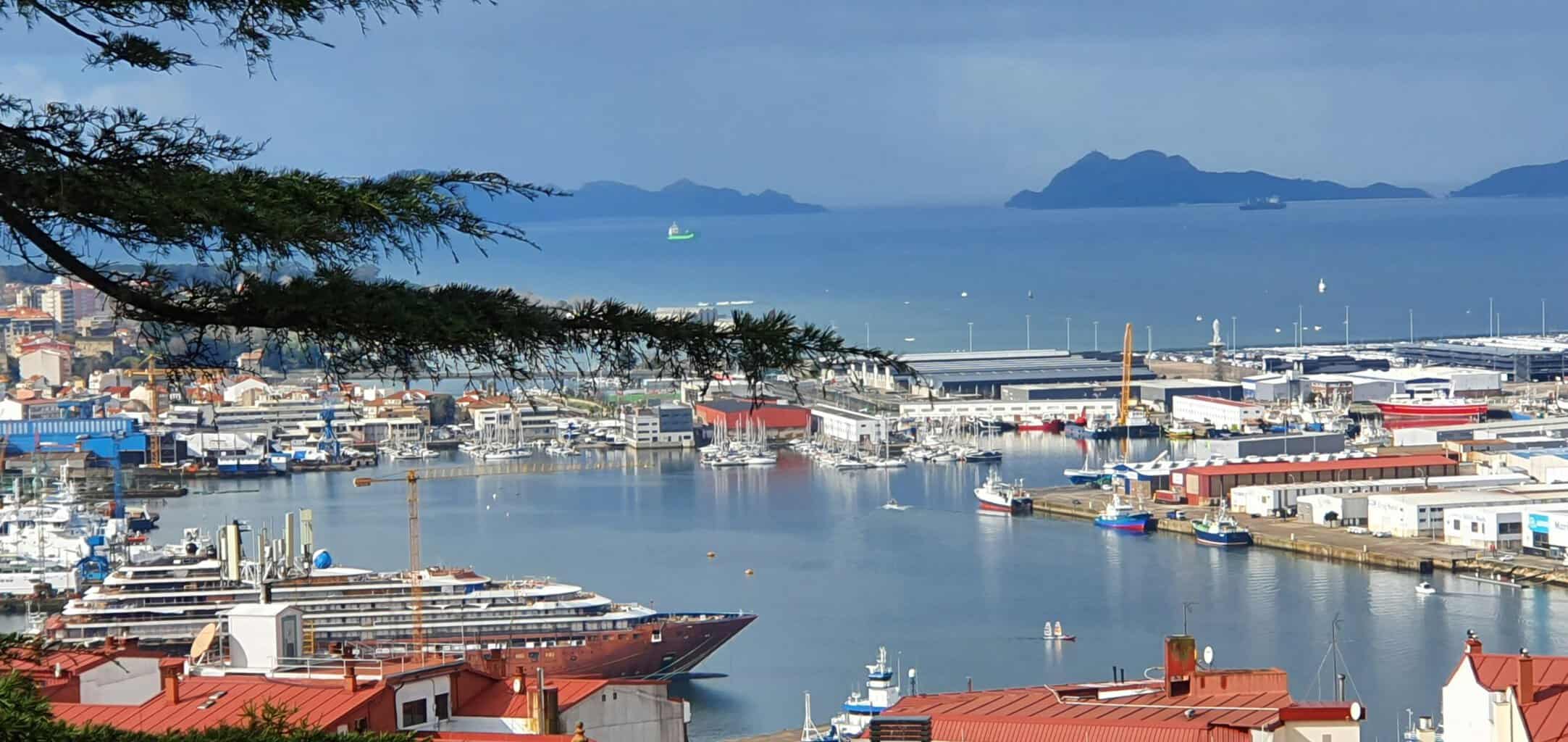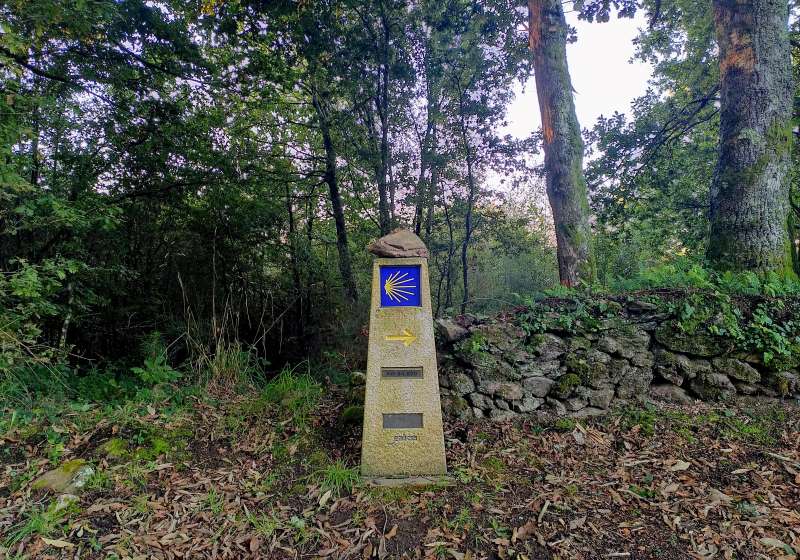When travelers think of the Camino de Santiago, cities like Burgos, or León often come to mind. But for those seeking an alternative experience, Vigo, Galicia—a vibrant coastal city in Galicia, Spain—offers a unique and rewarding detour on the pilgrimage.
Vigo on the Camino Portugués Coastal Route
Vigo is a major stop on the Camino Portugués Coastal Route, a stunning alternative to the inland paths that takes pilgrims along the Atlantic coast.
Many walkers arrive here after crossing the Minho River from Portugal. They expect breathtaking sea views, fresh seafood, and a taste of authentic Galician culture. But beyond being a waypoint on the journey, Vigo is one of the best places to visit in Galicia. It is a pleasant surprise to those who take the time to explore it!
A City Rich in History
Although often seen as a modern port city, Vigo has a fascinating history dating back to Roman times. The area was originally a small fishing settlement before growing into a major maritime hub. In the 17th century, Vigo gained strategic importance, leading to attacks by the English navy. The Battle of Vigo Bay in 1702 saw a combined Anglo-Dutch fleet clash with Spanish and French forces, leaving shipwrecks that still lie beneath the waters of the Vigo Estuary.
Vigo also played a crucial role in the Spanish Civil War. And during the 20th century, it became a center of shipbuilding and industry, shaping its dynamic and hardworking character.
Today, this Camino Portugués city s a blend of modernity and tradition, where historic landmarks stand alongside bustling seafood markets and vibrant nightlife.
Vigo Today: A City of Festivals and Vibrant Culture
Vigo is more than just a stop on the Camino—it’s a thriving modern city with a strong cultural identity. The city hosts major festivals and events throughout the year that showcase its dynamic energy.
O Marisquiño: Europe’s Top Urban Sports Festival
Every summer, Vigo becomes the epicenter of extreme sports during O Marisquiño, one of Europe’s most important urban sports festivals. With competitions in skateboarding, BMX, and breakdancing, it attracts top athletes and thousands of visitors. If you love action sports, street art, and a lively atmosphere, this is the best time to travel to Vigo.

Christmas in Vigo: A Spectacle of Lights
Vigo is famous across Spain for its extravagant Christmas lights. Every winter, the city of Vigo transforms into a dazzling wonderland with millions of LED lights, giant Christmas trees, and festive markets. The spectacle is so impressive that it has earned Vigo the nickname “The Spanish Christmas Capital.” Whether you’re a pilgrim or a tourist, visiting Vigo during the holidays is an unforgettable experience.
Landmarks You Shouldn’t Miss
Church of Santa María
One of the most significant historical sites in Vigo is the Church of Santa María, also known as the Concatedral de Vigo. Originally built in the Middle Ages, the current structure dates back to the 19th century, standing on the site of an earlier medieval church. This is a must-see for history lovers and pilgrims looking for a moment of reflection.
Quiñones de León Museum
If you want to immerse yourself in Galician history and art, the Quiñones de León Museum is the perfect place. Located in a beautiful 17th-century manor house surrounded by lush gardens, this museum showcases artifacts from Vigo’s past, including archaeological finds, paintings, and furniture from different periods of history.
What Locals Know About Vigo (That Most Visitors Don’t)
The Islands That Look Like the Caribbean
Just off the coast of Vigo lie the Cíes Islands, an untouched paradise with pristine white-sand beaches and crystal-clear waters. These islands, part of the Cíes Islands travel guide, are a local treasure. Ask any Vigués (a native of Vigo) about them, and they’ll tell you that Playa de Rodas, often ranked among the world’s best beaches, is the closest thing to the Caribbean you’ll find in Spain.

A City Built on Granite
Vigo is sometimes called “the city of stone” because of the extensive use of Galician granite in its streets and buildings. If you walk through the Casco Vello (Old Town), you’ll notice that the entire historic quarter glows with a soft gray hue, giving it a unique charm—especially at sunset when the Atlantic light bathes the stone facades in gold. This is one of the top things to do in Vigo for visitors who love history and architecture.
The Oyster Street (Yes, It’s a Real Thing)
Speaking of seafood, few visitors realize that Vigo has an entire street dedicated to oysters. Rúa da Pescadería is where you’ll find local women shucking fresh oysters right in front of you, served with nothing but a squeeze of lemon. The oysters are harvested from the nearby Vigo Estuary, giving them a uniquely briny and sweet flavor. If you’re planning your Vigo Spain travel, this is an experience not to miss.
The Secret of the Bouzas Quarter
While most visitors stay around the port or the city centre, locals know that Bouzas, a hidden gem in Spain, is where you’ll find some of the best seafood in Vigo. This charming neighborhood, with its cobbled streets and small, family-run marisquerías, is the perfect place to enjoy Galicia seafood like fresh oysters, octopus, and albariño wine, far from the tourist crowds.
A Maritime City with a Celtic Soul
Many people are surprised to learn that Galicia has strong Celtic influences, and Vigo is no exception. From traditional Galician bagpipes (gaitas) to local myths of sea goddesses and witches, the city has a deep-rooted folklore that makes it feel distinct from the rest of Spain. If you’re lucky, you might stumble upon a festival with live folk music and locals dancing the traditional muiñeira, making it a unique stop on your pilgrimage to Santiago de Compostela.
Why Pilgrims Should Spend More Time in Vigo
Vigo is not just a convenient stop on the Camino—it’s a place to pause, breathe, and appreciate Galicia’s natural beauty and rich traditions. Whether you take a guided tour, visit the Cíes Islands, wander through Casco Vello’s stone alleyways, or enjoy a quiet sunset over the Atlantic, this city offers a refreshing contrast to the long pilgrimage days.
For those starting the Camino Portugués, many choose to start in Porto, following the scenic coastal route through towns like Baiona before arriving in Vigo. From here, pilgrims can continue their journey with ease, making use of luggage transfers and travel insurance services to ensure a smooth experience.
Ready to Visit Vigo?
So, if you’re walking the Camino Portugués and find yourself in Vigo, don’t just pass through—stay a little longer and discover why the locals love this hidden coastal gem of the Camino de Santiago. Whether you’re a history buff, a foodie, or a nature lover, Vigo has something special waiting for you!







